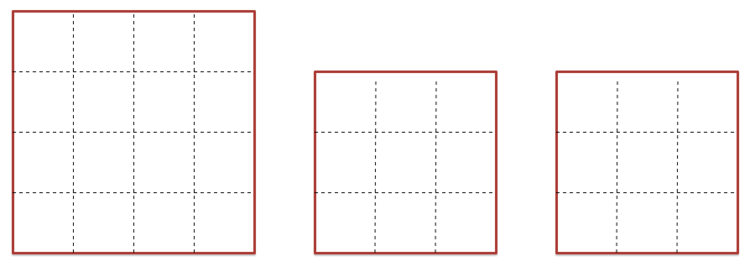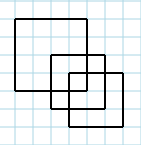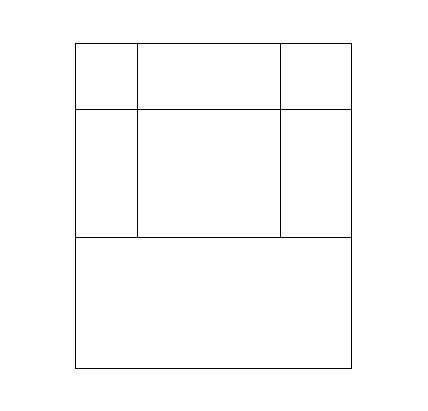Is It Possible
 I have 3 transparent squares. The two smaller squares are identical and their sides are 3/4 the size of the sides of the large square.
I have 3 transparent squares. The two smaller squares are identical and their sides are 3/4 the size of the sides of the large square.
Is it possible to place these squares together in a way that will result in a figure that displays six squares (of any size)?
This section requires Javascript.
You are seeing this because something didn't load right. We suggest you, (a) try
refreshing the page, (b) enabling javascript if it is disabled on your browser and,
finally, (c)
loading the
non-javascript version of this page
. We're sorry about the hassle.


Here's one way.